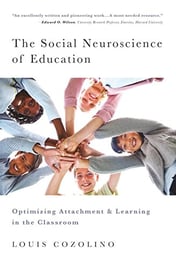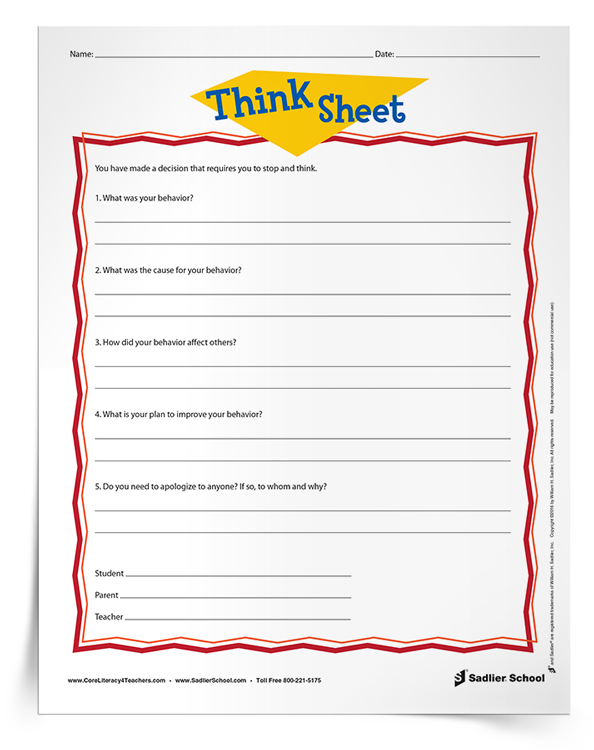September 20, 2016 CL Teaching Strategies Pro Reads, CL Teaching Strategies Charts & Org, ELA K-5, ELA 6-8, ELA Resources - Tip Sheets, ELA 9-12, ELA PD - Other, Core Literacy
The Brain and Learning– What Educators Need to Know
By: Erin Lynch
I have always been fascinated with brain research. What helps to stimulate a brain? How and why do the two sides of our brain work independently of each other at some times and in concert others? Why do some people (the so-called left-brainers) excel in math? Why are some people (the so-called right-brainers) more creative than others? Why do some people remember things after hearing them once, while others need to hear new information ten times before committing it to memory? What can be done to overcome obstacles that hinder learning? My list of questions about the human brain has always seemed endless, which is why, when given the choice of a professional workshop to attend, my first choice will always be on brain research.
BRAIN RESEARCH AND EDUCATION
 For years I have been stockpiling research materials from workshops I have attended and professional books I have purchased that focus on the brain and learning. As I started going through my folders and books for this post, I didn't even know where to begin. Then I remembered an article that I thought was perfect for almost any educator, “Nine Things Educators Need to Know About the Brain” by Louis Cozolino. The article is an excerpt from psychologist Louis Cozolino's book The Social Neuroscience of Education.
For years I have been stockpiling research materials from workshops I have attended and professional books I have purchased that focus on the brain and learning. As I started going through my folders and books for this post, I didn't even know where to begin. Then I remembered an article that I thought was perfect for almost any educator, “Nine Things Educators Need to Know About the Brain” by Louis Cozolino. The article is an excerpt from psychologist Louis Cozolino's book The Social Neuroscience of Education.
*Please note that anything in italics is the author’s original idea; the rest is my interpretation.
1. The brain is a social organ.
Our brains need stimulation and one way to stimulate the brain is with positive social interaction. As teachers, we should remember that it is very beneficial for our students' brains to provide them with positive social experiences within the classroom.
2. We have two brains.
It is important for teachers to engage both sides of the brain. Students should be exposed to a variety of activities that allow for both analytical thinking and creativity.
3. Early learning is powerful.
The first few years of childhood are an important time for the development of a child's emotional and interpersonal skills. Early childhood learning has a lifelong affect in the areas of attachment, emotional regulation, and self-esteem. These three areas impact our ability to connect with others, cope with stress, and feel that we have value. Cozolino suggests that journals are a great tool for reducing anxiety and stress.
4. Conscious awareness and unconscious processing occur at different speeds, often simultaneously.
Prior experiences impact new learning. Teachers should encourage students to think about and to question the unconscious biases of their feelings and beliefs.
5. The mind, brain, and body are interwoven.
For their proper brain development, it is important that children get enough physical activity, sleep and proper nutrition. This is an area that I personally have a passion for weaving into my teaching. To encourage physical activity, I have my students take stretch breaks throughout the day. This gets them moving and keeps the oxygen flowing to their brains. With my Grade 3 students, we read a couple of articles about sleep habits amongst elementary aged children. It is a well-known fact that many children— from elementary school through high school—are not getting enough sleep. After reading the articles, students love analyzing the amount of sleep they get per night and on average in a week. With my Grade 4 students, we read a variety of articles about healthy eating and the impact our diet has on our bodies.
6. The brain has a short attention span and needs repetition and multiple-channel processing for deeper learning to occur.
As a literacy specialist, a large part of my job is to support students that struggle with reading. I am constantly repeating to my students what they “need to know” and re-teaching important strategies they should to learn and remember in order to improve their reading abilities. It is important to me that my students are engaged and excited about reading, which means I need to tap into a myriad of resources (such as a literacy blog) in order to keep things fresh and interesting.
7. Fear and stress impair learning.
Fear and stress hinder a student's ability to learn. Creating a safe environment where your students feel comfortable taking risks is very important to your students’ ability to learn.
8. We analyze others but not ourselves: the primacy of projection.
Oftentimes, we are quick to judge what we perceive others might be thinking or feeling, rather than analyzing our own thoughts and actions. I try to help my students become more reflective by having them use "think sheets" to analyze their own actions. Using “think sheets” with students helps them to create an awareness of how their actions impact others. Download the Think Sheet to use with your students this school year.

9. Learning is enhanced by emphasizing the big picture—and then allowing students to discover the details for themselves.
This ties in perfectly with “student-centered learning.” Student-centered learning is when instruction focuses in on the students, rather than on the instructor. The skills of making meaning and problem solving are put in the learner’s hands. The goal is to create lifelong learners who take an active role in what and how they will learn.
In conclusion, brain research and education go hand-in-hand. Educators can use brain research and emerging theories to improve lessons and classroom settings.
Want to learn more? Check out the brain and learning resources form Edutopia.
The information above is adapted from here.



